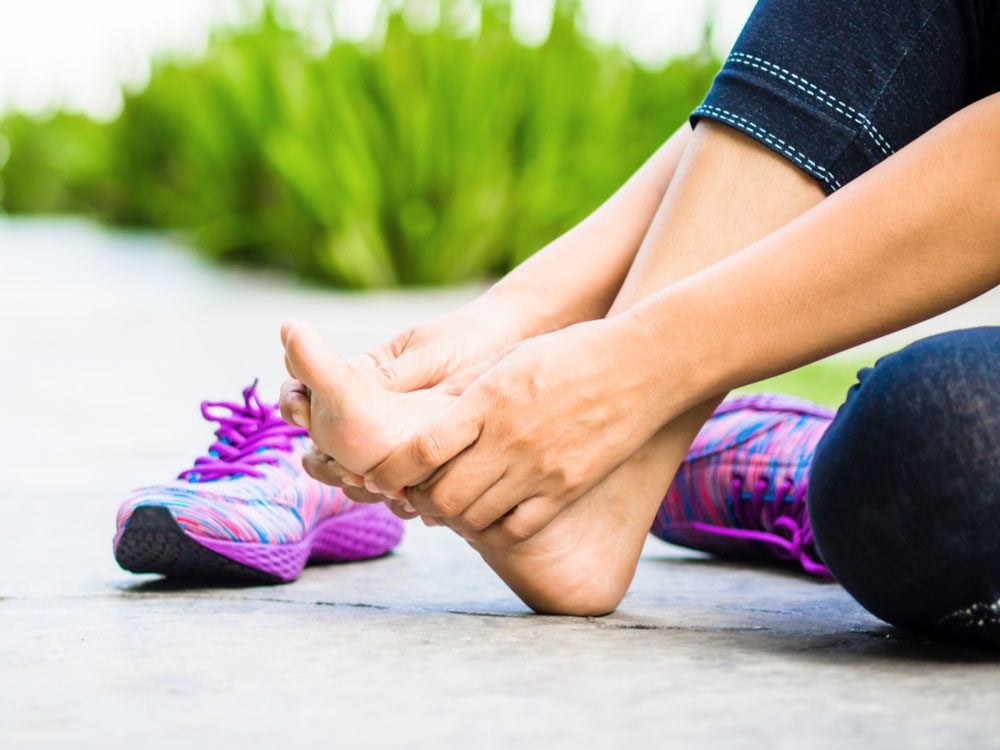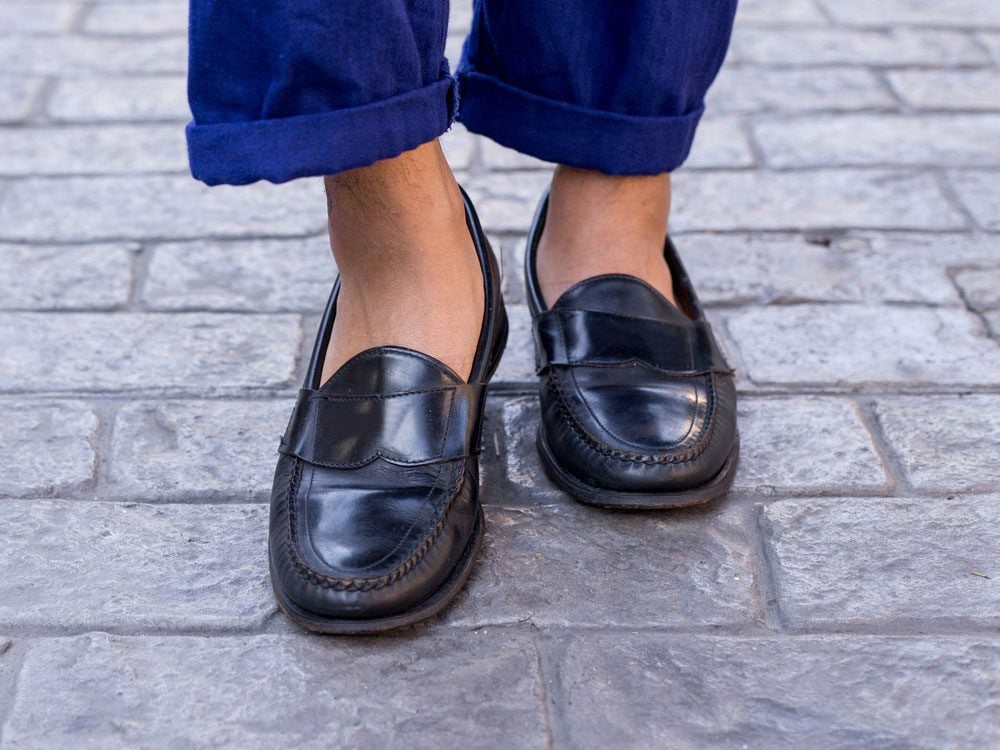
What causes sore feet all the time
Our feet are the structural foundation of our body, supporting not only our weight but also our well-being. Even seemingly minor foot ailments, if denied the chance to heal, can cause ongoing impairment, leading to an inactive lifestyle (and its associated risks), as well as falls or injuries.
Yet studies suggest that at least half of us undermine these anchors of our health with ill-fitting footwear. Overly tight or narrow shoes, which are most likely to be worn by women, can cause callouses and bunions, bony bumps at the base of the big toe that are often accompanied by swelling and soreness. Another staple feature of women’s fashion, high heels, are associated with corns, blisters and ingrown toenails. If you like their style, consider saving them for special occasions and opt for a wider heel or a wedge rather than a stiletto.
Meanwhile, shoes with pointy toe boxes or tips that crowd your feet can force your toes to curl up instead of lie flat. This can lead to hammertoe, a bending deformity in one or more of your smaller toes that leads to difficulty walking and sore feet.

How to avoid sore feet all the time
Summer brings another liability: over-reliance on flip-flops or flimsy sandals. While these shoes do protect your feet from hot sand at the beach or from infections at the pool, they’re not suitable for daylong wear. They provide no stability to your ankles, thus raising your chances of sprains. And they offer little support for your arches, which puts you at risk of plantar fasciitis: painful inflammation of the band of tissue that extends from your heels to your toes.
People with diabetes should be particularly conscious of their footwear choices. Sufferers are more likely to have poor circulation to their extremities, which makes healing slow and tricky. They’re also susceptible to nerve damage that can prevent them from feeling any pain before a foot problem grows serious.
What do foot-friendly shoes look and feel like? They’re comfortable, with no pressure on the joints, pinching on the sides or slippage at the heel. “They should be wide, have a toe box with enough space for the toes, be made of a breathable material, such as leather or canvas, and ideally have a heel no higher than 2.5 centimetres,” says Emma McConnachie, who works with the Royal College of Podiatry in London, U.K. “Shoes with laces that come up over the middle of the foot will provide the best kind of support.” If you’re unsure of how to address your specific needs, most podiatrists offer footwear consultations—a good first step.
Next, discover the best home remedies to relieve foot pain.